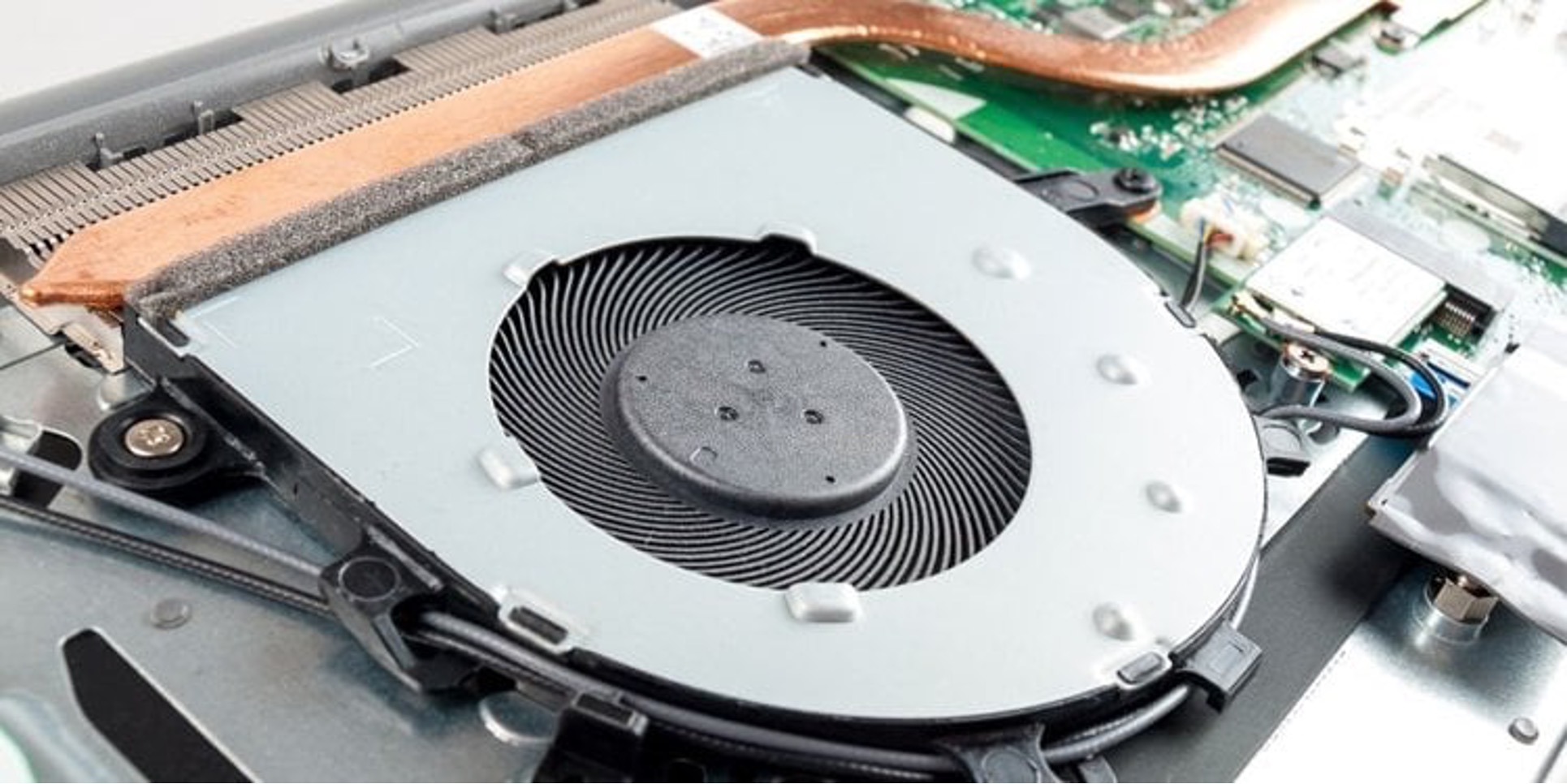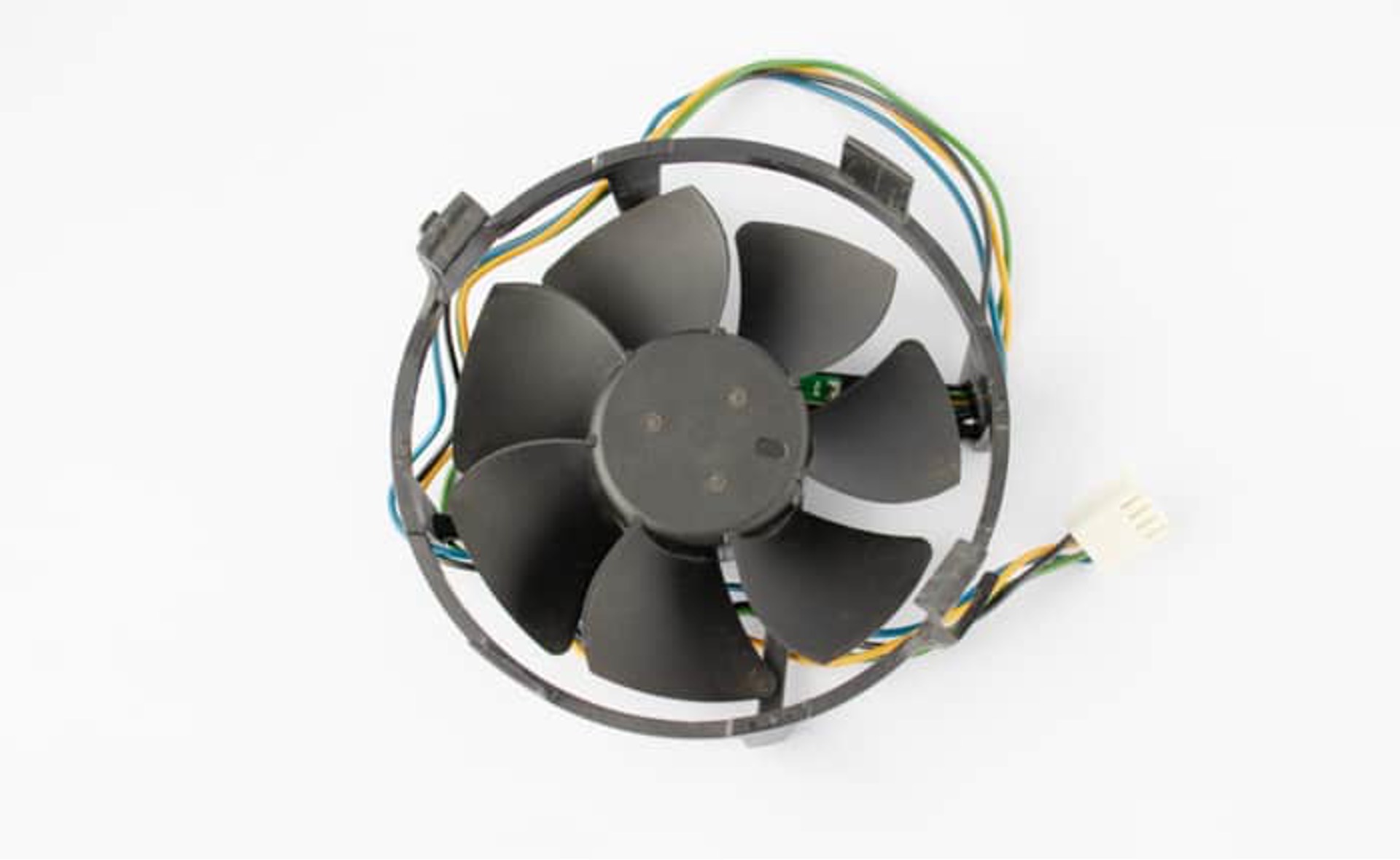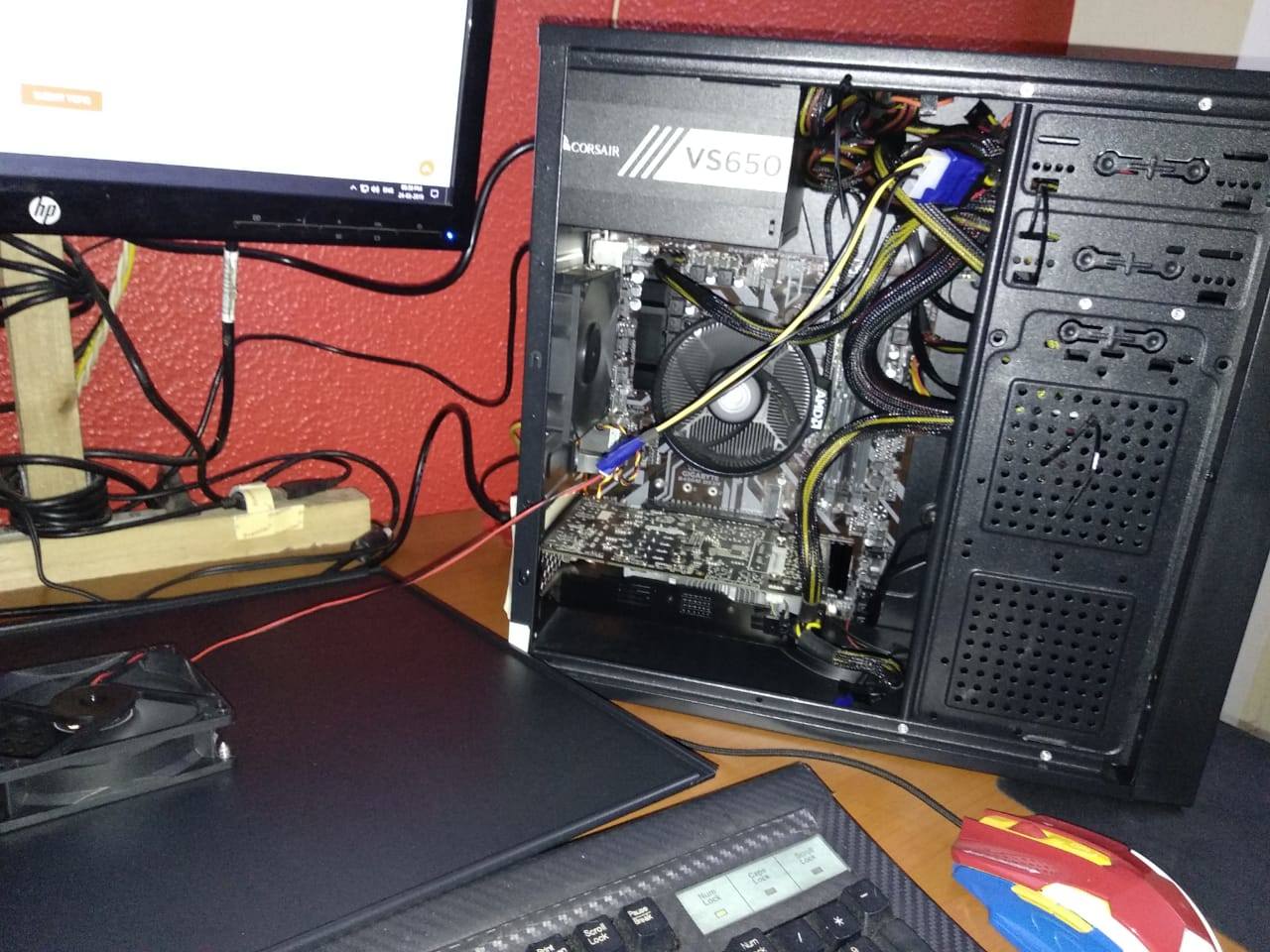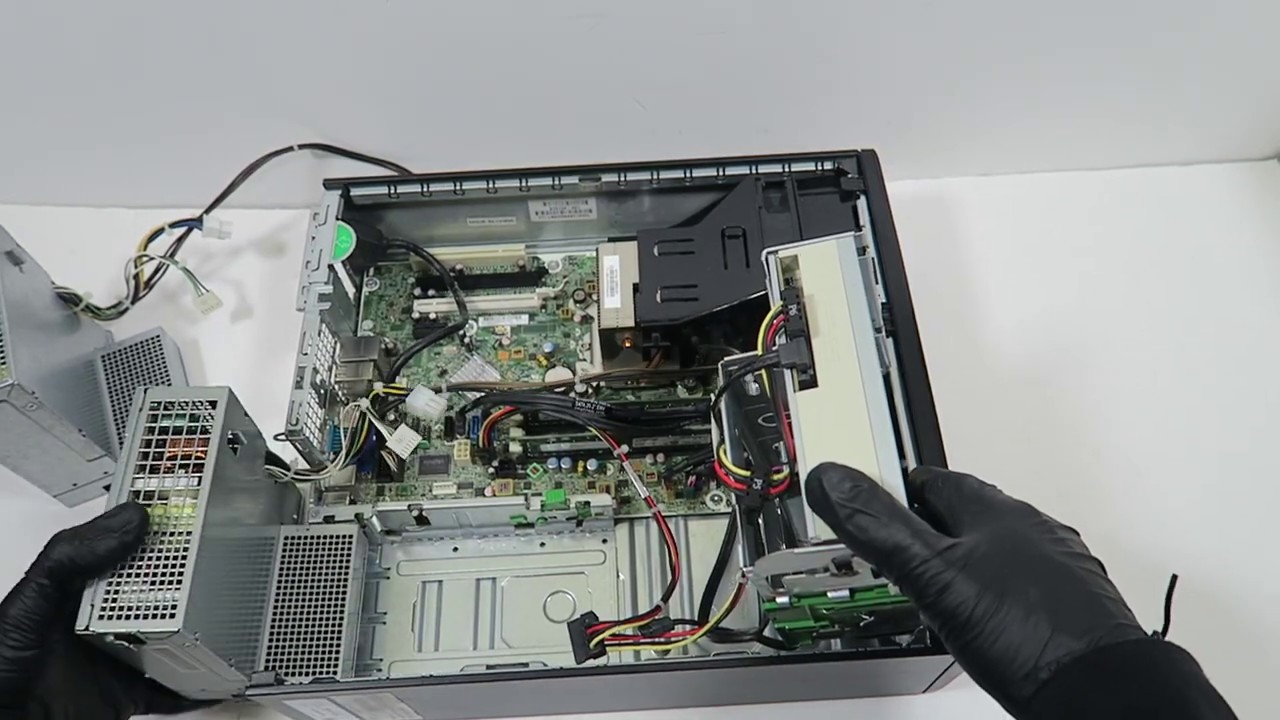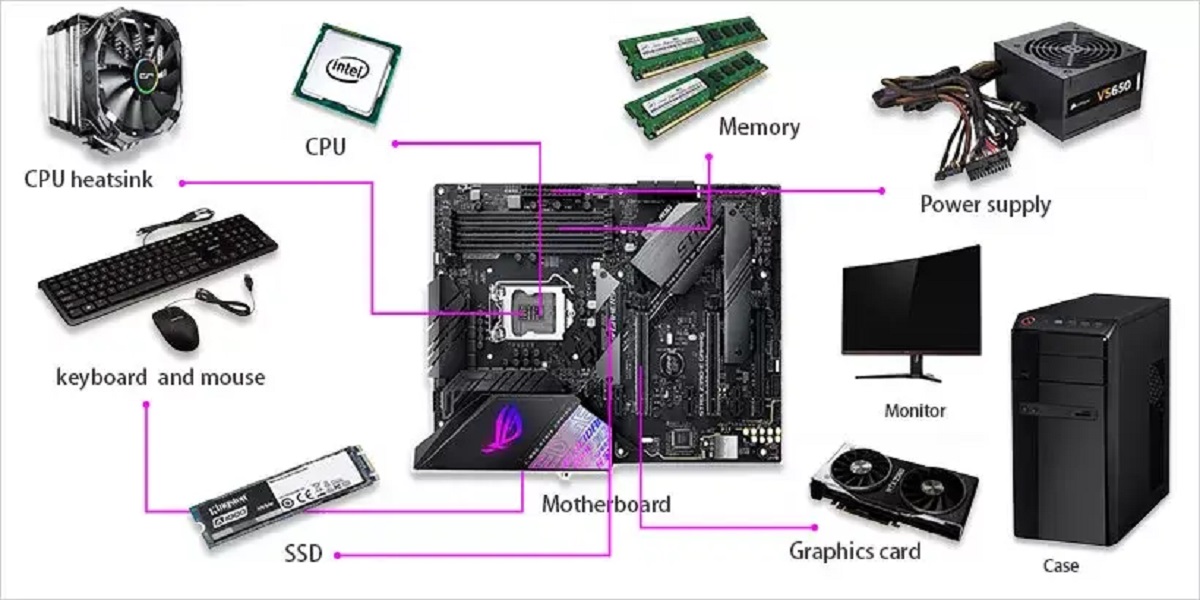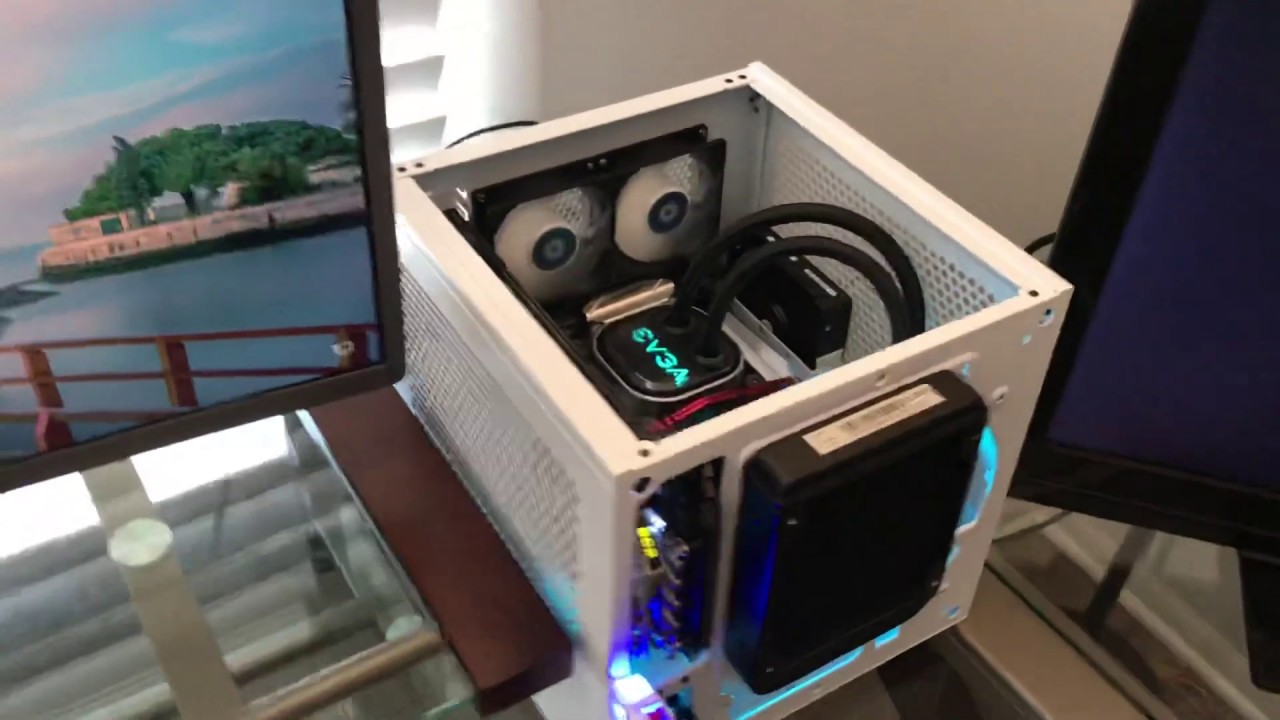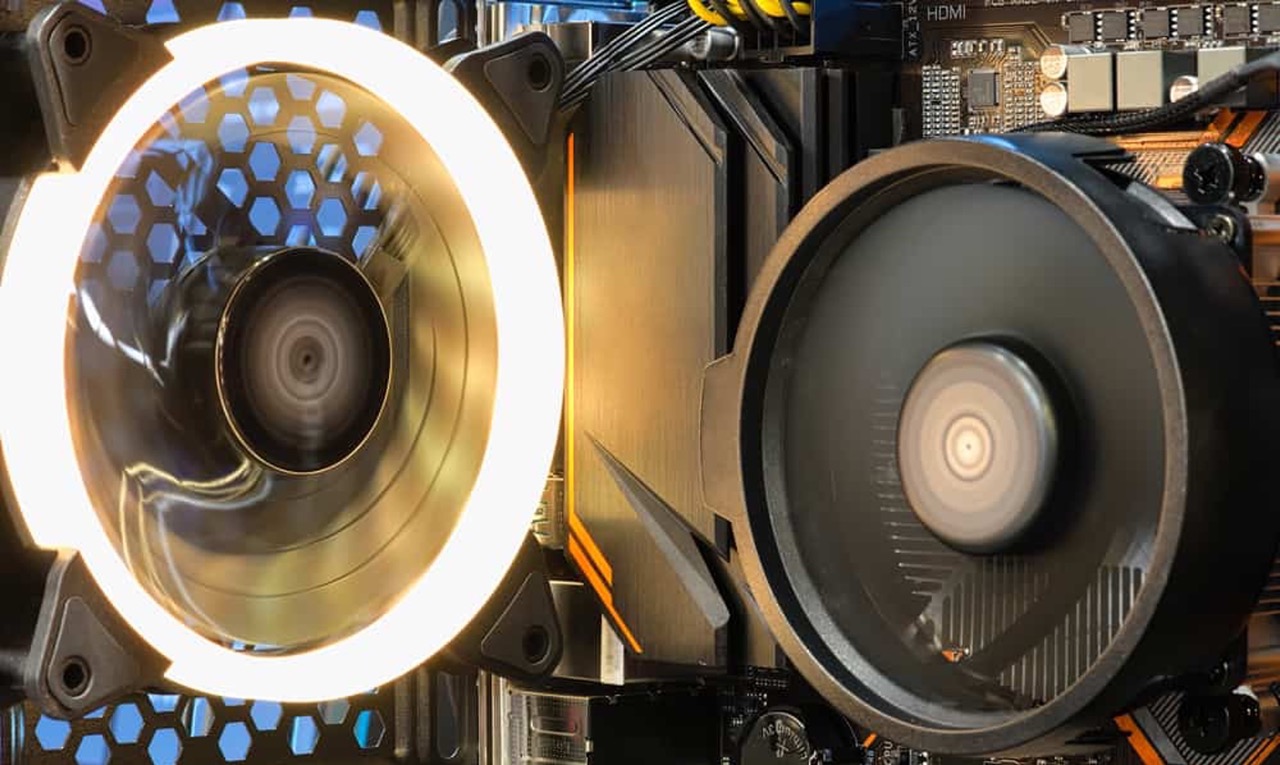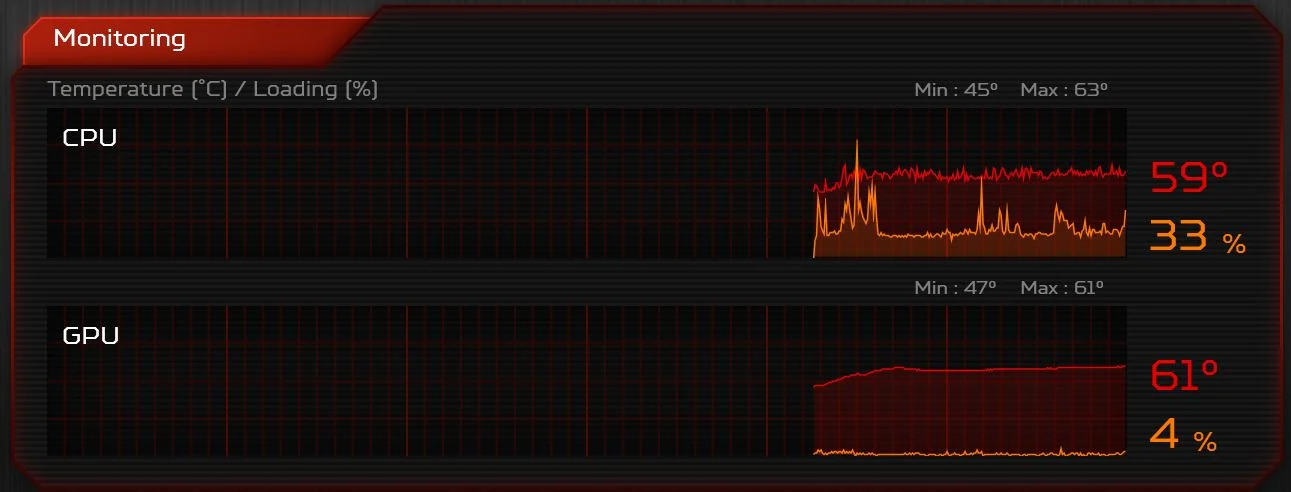Introduction
Welcome to our guide on dealing with the Rear Case Fan Error on HP BIOS. If you’re a proud owner of an HP desktop or laptop, you may have encountered this frustrating error message while booting up your system. This error typically occurs when the rear case fan in your computer fails to function properly or is disconnected.
The rear case fan plays a crucial role in maintaining proper airflow and preventing the system from overheating. When the fan malfunctions or is not detected, it triggers the Rear Case Fan Error in the BIOS, causing your system to halt the boot process and display an error message. This error can be a cause for concern as it may lead to potential damage to your system’s components due to overheating if not addressed promptly.
In this comprehensive guide, we will provide you with step-by-step instructions to help you disable the Rear Case Fan Error in HP BIOS settings. We will also explore alternative solutions that you can try if disabling the error does not resolve the issue. So, if you’re tired of being greeted with the Rear Case Fan Error message every time you start your HP computer, read on to learn how to resolve this issue and get your system back up and running smoothly.
What is Rear Case Fan Error?
The Rear Case Fan Error is an error message that appears during the startup process on HP computers. It indicates that there is an issue with the rear case fan, which is responsible for cooling the system and preventing overheating. When this error occurs, the system detects that the rear case fan is either malfunctioning, not connected properly, or not functioning at all.
When the rear case fan fails to operate correctly, the system may not be able to maintain an optimal temperature, leading to potential damage to the internal components. As a safety measure, the system triggers the Rear Case Fan Error and halts the boot process to prevent further damage and protect the hardware.
This error is more common in desktop computers than in laptops, as desktops usually have multiple fans, including the rear case fan, to improve airflow and maintain a stable temperature. Laptops often have different cooling mechanisms, such as heat pipes and other fans, which may not trigger the same error message if a specific fan malfunctions.
The Rear Case Fan Error message typically appears on a black screen during the boot process, accompanied by instructions to press a key to continue, enter the BIOS settings, or seek further assistance. It is important not to ignore this error, as continued operation without addressing the fan issue can lead to overheating, reduced performance, and even permanent damage to the system.
Why does the Rear Case Fan Error occur on HP BIOS?
The Rear Case Fan Error on HP BIOS can occur due to several reasons. Understanding these causes will help you troubleshoot and resolve the issue effectively. Here are some common reasons why this error message may appear:
- Fan Malfunction: The most common cause of the Rear Case Fan Error is a malfunctioning fan. Over time, the fan’s bearings may wear out or accumulate dust and debris, causing it to stop spinning or function at a suboptimal level. This can trigger the error message as the system detects the fan’s irregular operation.
- Fan Connection Issues: In some cases, the error may occur if the rear case fan is not properly connected to the motherboard. If the fan cable is loose, disconnected, or not seated correctly in the fan header on the motherboard, the BIOS may report the fan as missing or malfunctioning.
- Bios Configuration: Another possible cause is a BIOS misconfiguration. If the BIOS settings are not configured correctly, it may incorrectly detect the rear case fan as faulty even if it is functioning properly. This can lead to the Rear Case Fan Error message during boot-up.
- Hardware Incompatibility: In certain cases, the error may occur due to an incompatible fan model or a mismatch between the fan’s specifications and the BIOS. This can cause the BIOS to report the fan as malfunctioning or missing, triggering the error message.
It is important to note that the specific cause of the Rear Case Fan Error may vary depending on the HP computer model and BIOS version. Identifying the underlying cause will help you determine the appropriate steps to resolve the issue and eliminate the error message.
How to identify if you’re experiencing Rear Case Fan Error?
Identifying whether you’re experiencing the Rear Case Fan Error on your HP computer is relatively straightforward. Here are some signs to look out for:
- Error Message: The most obvious indication is the appearance of an error message during the system startup. If you see a message on the screen that explicitly mentions the Rear Case Fan Error or something similar, it is a clear sign that your system has detected an issue with the rear case fan.
- System Halt: When the Rear Case Fan Error occurs, it typically causes the system to pause during the boot process. You may notice that your computer gets stuck at a black screen with the error message displayed, prompting you to take action before proceeding.
- Unusual Fan Noise: A malfunctioning rear case fan may produce irregular or excessive noise. If you hear unusual sounds coming from your computer, such as grinding, rattling, or constant high-speed fan noise, it could indicate a problem with the fan.
- Overheating Symptoms: Since the rear case fan plays a crucial role in cooling the system, a malfunctioning fan can lead to increased temperatures inside the computer. If you notice your computer running hotter than usual, frequent system shutdowns due to overheating, or performance issues during demanding tasks, it may be a result of the Rear Case Fan Error.
- Bios Settings: You can also check the BIOS settings to see if the Rear Case Fan Error is reported. Enter the BIOS by pressing a specific key (usually Del, F2, or F10) during system startup. Once in the BIOS, navigate to the Hardware Monitoring or Fan Configuration section to see if the rear case fan is listed as faulty or not detected.
If you experience any of these signs, it’s likely that your HP computer is exhibiting symptoms of the Rear Case Fan Error. It’s crucial to address this issue promptly to prevent overheating and potential damage to your system’s components.
Steps to disable Rear Case Fan Error in HP BIOS settings
Disabling the Rear Case Fan Error in HP BIOS settings requires accessing the BIOS menu and making appropriate modifications. Here are the steps to follow:
- Start your HP computer and repeatedly press the designated key to enter the BIOS setup. The key may vary depending on your model, but it is usually the Del, F2, or F10 key. Check your computer’s documentation or HP’s website for the specific key.
- Once you’re in the BIOS setup, navigate to the Hardware Monitoring or Fan Configuration section. The exact location may vary based on your BIOS version and computer model.
- Locate the option for the rear case fan or system fan settings. Depending on your BIOS, it may be labeled as “System Fan Control” or “Fan Monitoring.” Select it and press Enter.
- In the fan settings, look for an option related to fan detection or monitoring. Disable or adjust this setting, depending on what options are available.
- Save the changes and exit the BIOS setup. Follow the on-screen instructions to save the changes and restart your computer.
After disabling the Rear Case Fan Error in HP BIOS settings, your computer should no longer display the error message during startup. However, it’s essential to monitor the system’s temperature and ensure that the other fans are functioning correctly to prevent overheating.
Please note that the BIOS interface and options may vary across different HP computer models and BIOS versions. If you’re unsure about making changes in the BIOS settings, it’s recommended to consult HP’s support documentation or reach out to their customer support for specific guidance on disabling the Rear Case Fan Error.
Alternate solutions to fix Rear Case Fan Error
If disabling the Rear Case Fan Error in HP BIOS settings does not resolve the issue, there are alternative steps you can take to fix the error. Here are a few possible solutions to consider:
- Clean the fan: If the rear case fan is not functioning correctly due to dust and debris accumulation, cleaning the fan may help. Power off your computer, open the case, and gently clean the fan using compressed air or a soft brush. Be careful not to damage any components while cleaning.
- Replace the fan: If the fan is irreparably damaged or continues to malfunction despite cleaning, replacing it with a new one is a viable option. Ensure that you choose a fan compatible with your HP computer model and follow the manufacturer’s instructions for installation.
- Check fan connections: Make sure that the rear case fan is properly connected to the motherboard. Disconnect and reconnect the fan cable to ensure a secure connection. If necessary, consult your computer’s manual or HP’s support documentation for specific instructions on fan installation.
- Update BIOS: Updating the BIOS to the latest version can sometimes resolve compatibility issues and fix errors. Visit the HP support website, enter your computer model details, and download the latest BIOS update. Follow the provided instructions for BIOS update installation.
- Seek professional assistance: If you’re uncomfortable performing hardware-related troubleshooting or the above steps do not resolve the issue, it may be best to seek assistance from a professional technician. They can diagnose the problem accurately and provide you with the most appropriate solution.
It’s important to note that attempting any hardware-related solutions should be done with caution. Make sure to power off your computer, follow proper safety protocols, and consult relevant documentation or support resources before proceeding. If your HP computer is still under warranty, it’s advisable to contact HP’s customer support for assistance.
By trying these alternate solutions, you increase the chances of resolving the Rear Case Fan Error and ensuring that your HP computer operates smoothly without any overheating issues.
Conclusion
The Rear Case Fan Error on HP BIOS can be a frustrating issue that disrupts the normal startup process of your computer. However, with the right troubleshooting steps and solutions, you can effectively resolve the error and prevent potential damage to your system’s components.
In this guide, we’ve discussed the Rear Case Fan Error and its causes. We’ve also provided steps to disable the error in HP BIOS settings, as well as alternative solutions to fix the issue if disabling the error alone doesn’t work.
Remember to carefully follow the steps to access the BIOS and modify the fan settings, ensuring compatibility with your specific hardware and BIOS version. If necessary, seek professional assistance or consult HP’s support resources for further guidance.
Additionally, being proactive about regular cleaning and maintenance of your computer’s fans can prevent future occurrences of the Rear Case Fan Error. Keeping the fans free of dust and debris helps ensure optimal airflow and cooling efficiency.
By resolving the Rear Case Fan Error and maintaining proper cooling, you can enjoy a stable and reliable computing experience with your HP computer. Stay vigilant in monitoring the system’s temperature and address any fan-related issues promptly to avoid overheating and subsequent hardware damage.
We hope this guide has been helpful in assisting you to disable the Rear Case Fan Error and troubleshoot any related issues. Following the steps outlined here should allow you to get your HP computer back up and running smoothly in no time.







